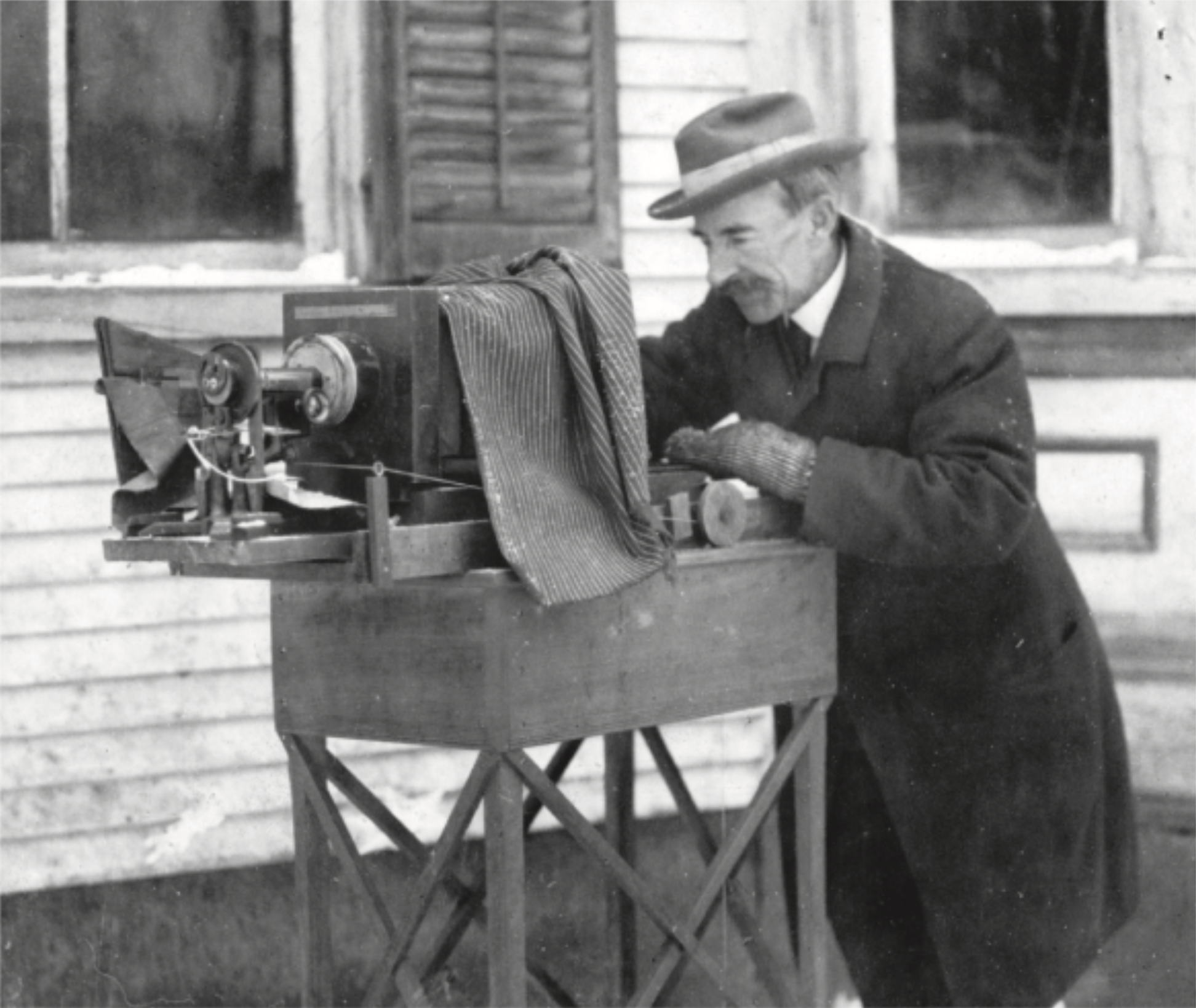How to organize snowlakes is a problem [↓].

And this course will be organized around a series of problems like this one. These are visual problems, problems with more than one answer, cultural- and temporal- specific problems, problems which require both intuition *and* logic. These are graphic design problems.
This will be a course in graphic design and, more particularly, about visual form. We will look at triangles, Rubik’s cubes, musical melodies, arrows, traffic signs, trees, clock faces, old computer company logos, television stage sets, animated gifs, and we will ask: How does the specific shape of any given graphic shade the meaning we make from it when we see it? What does it mean to “read” an image? What would this graphic mean ten years ago? In another part of the world? Are some graphics more effective than others?
Wilson “Snowflake” Bentley was a farmer in the Northeast Kingdom of Vermont who on January 15, 1885, made the first ever photograph of a snow crystal by attaching his (rather bulky) camera to a microscope.

He described his motivation:
Snow Crystals is still widely available in print. And it is extraordinary — collecting his meticulous photographs in three-by-four grids, page after page of individual snowflakes. You can see that the grids are organized formally, with photographs that look like each other placed near each other.
Continues in class . . .

And this course will be organized around a series of problems like this one. These are visual problems, problems with more than one answer, cultural- and temporal- specific problems, problems which require both intuition *and* logic. These are graphic design problems.
This will be a course in graphic design and, more particularly, about visual form. We will look at triangles, Rubik’s cubes, musical melodies, arrows, traffic signs, trees, clock faces, old computer company logos, television stage sets, animated gifs, and we will ask: How does the specific shape of any given graphic shade the meaning we make from it when we see it? What does it mean to “read” an image? What would this graphic mean ten years ago? In another part of the world? Are some graphics more effective than others?
Wilson “Snowflake” Bentley was a farmer in the Northeast Kingdom of Vermont who on January 15, 1885, made the first ever photograph of a snow crystal by attaching his (rather bulky) camera to a microscope.

He described his motivation:
Under the microscope, I found that snowflakes were miracles of beauty; and it seemed a shame that this beauty should not be seen and appreciated by others. Every crystal was a masterpiece of design and no one design was ever repeated. When a snowflake melted, that design was forever lost.Over the next forty-four years, Bentley photographed 5,000 more, no two exactly the same. In November 1931, McGraw/Hill published Snow Crystals. He passed away one month later.
Snow Crystals is still widely available in print. And it is extraordinary — collecting his meticulous photographs in three-by-four grids, page after page of individual snowflakes. You can see that the grids are organized formally, with photographs that look like each other placed near each other.
Continues in class . . .
September 2, 2025
The snowflake problem
Resources
https://snowflakebentley.com
Exercise
Organizing snowflakes
The snowflake problem
Resources
https://snowflakebentley.com
Exercise
Organizing snowflakes